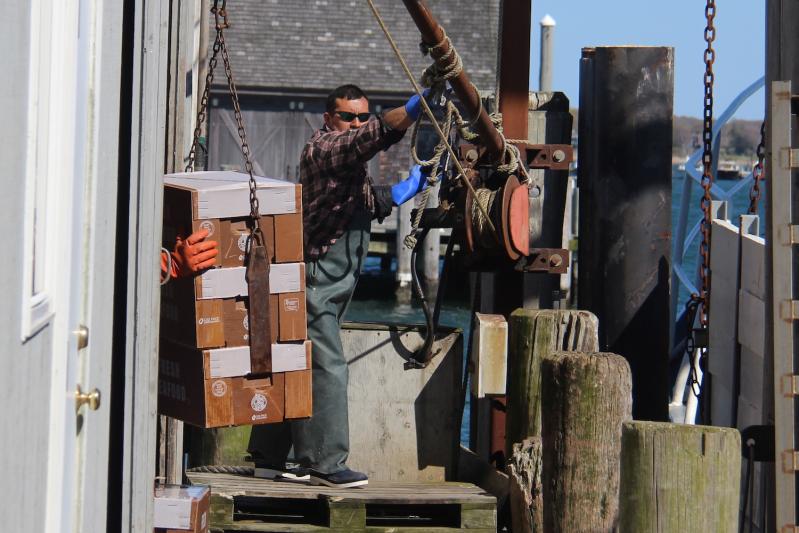With a third of all fish mislabeled at the point of sale, it’s time for us, the consumers, to become more proactive in checking the sources of our seafood.
RARELY THESE DAYS does a chef or seafood buyer know exactly how long a fish has been out of the water and/or where it was caught, let alone who caught it.
Wild, traceable seafood is hard to come by. According to the National Oceanic and Atmospheric Administration’s Fishwatch website, “up to 90 percent of the seafood consumed in the United States is imported.” Half of that is farm-raised, much of it in Southeast Asia. And, "a significant portion of . .. imported seafood is caught by American fishermen, exported overseas for processing, and then reimported to the United States.”
More surprising: Much of the fish we buy in the United States may not be the fish we think it is.
In a large-scale seafood fraud investigation between 2010 and 2012, the ocean conservation group Oceana found that a third of the more than 1,200 seafood samples tested in 21 states were mislabeled. Farmed fish was substituted for wild fish, more imperiled species were sold as more plentiful ones, and fish with higher mercury levels were sold as fish safer for high-risk groups like children and pregnant women. Think you’re getting red snapper or cod? It might actually be farmed tilapia. Wild Alaskan salmon? There’s a good chance it could be farmed Atlantic salmon.
Commercial fishermen “are pushing for better labeling, better tracking from source to stores. If the consumer becomes a little more knowledgeable they can at least get a better idea of where the fish they are getting comes from,” says Capt. Ron Onorato of Montauk.
Restaurants are increasingly working directly with local fishermen to make fresh local fish available to patrons. But seafood customers seeking to buy fish from local waters need to familiarize themselves with what’s actually available and what the seasons are. We need to be demanding customers.
“Is this in season now, and is this local?” is perhaps the most useful question at the fish counter. And don’t stop there. Don’t be shy. “Where was it caught? When?” A quick local seafood primer: You can get local clams, lobster, oysters, ocean scallops, squid, skate, sea bass, porgies, monkfish, fluke, and flounder all year. Bay scallops come late fall through the winter. Tilefish is available all year with exception of late spring and summer. Tuna run May through late fall. Swordfish, June through late fall. Bluefish, in all but deep winter. And cod, all seasons but summer.

